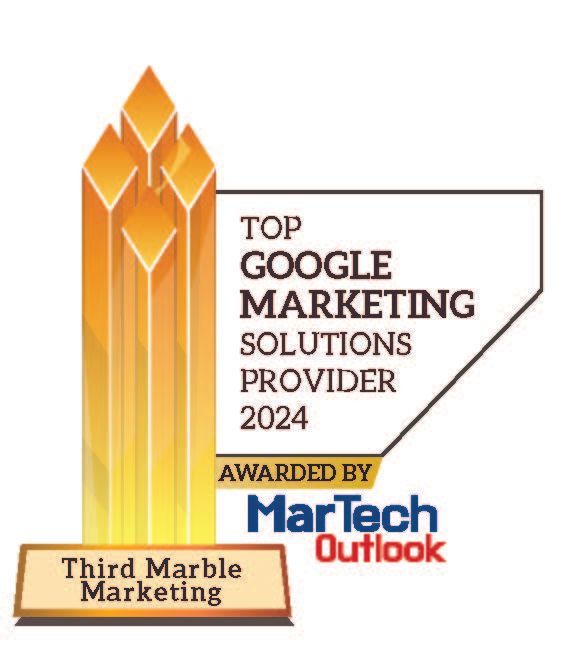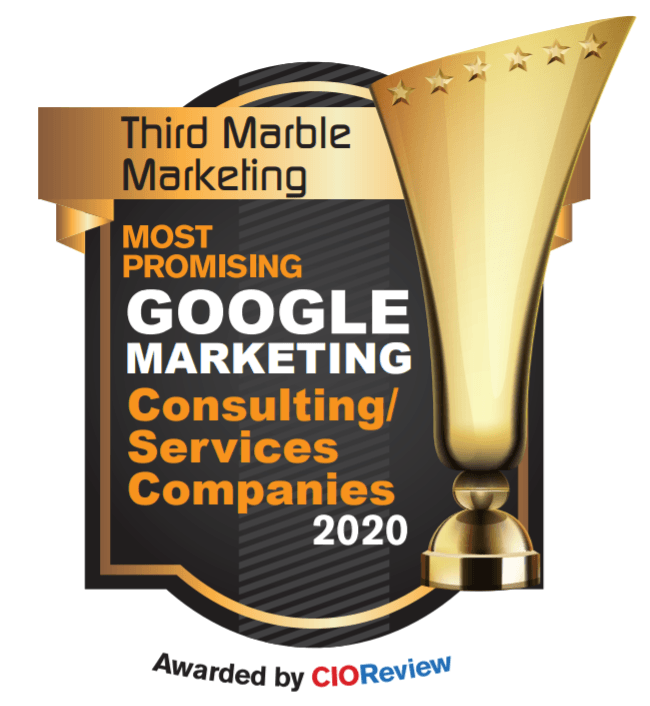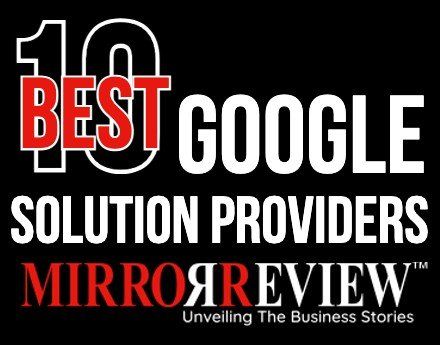How Do I Get Rid of a Bad Review on Google Plus?
Getting Rid of Bad Reviews on Google Plus My Business Pages
Sorry – you can’t. But the person that wrote the review can. If you can contact the person that wrote the bad review, you can always ask them to remove it. We have a client that had a review removed by taking a customer to court in a civil lawsuit. You try try this tactic, but it may backfire too. If the review was slanderous – in other words it did not state fact – then this tactic may work. I think most people would want to avoid a lawsuit and would remove the review instead of dealing with lawyers. (NOTE: We are not lawyers, so consult your own lawyer before doing anything like this.)
If the online review was factual and accurate, and the customer feels strongly that your company deserved the bad review, then the only real thing you can do to minimize the impact on your business would be to get 10 more 5 star reviews. There is no way for you to remove an online review – only the person that wrote it can remove it.

Want more 5-star online reviews?
The thing with reviews that you need to understand is that no one wants to take the time to write a good review. It’s human nature. But people will bend over backwards to leave 20 bad reviews if they ever feel disrespected.
So, you really need to be proactive in getting your customers (especially the ones the praise your work) to leave positive reviews to offset the occasional negative review. This can be difficult.
But simply asking everyone to leave a review can open your business to more negative or mediocre reviews. So here’s a simple method for getting more and better online reviews.
Method for Getting Online Reviews:
Get your clients to agree to leave a review before they buy from you. Change your sales process to include a simple sentence or two, like “If we do a really good job for you, would you be willing to leave a review on Google Plus for our business? These online reviews really help get the word out about our service.” This sets the expectation and they now understand that part of their responsibility in the transaction is to leave a review.
After the job or sale is completed, ask the customer to “Tell us about your experience.” If they don’t have many positive things to say, then simply wish them well. If they have positive things to say, then gently remind them that they agreed to leave an online review and that you will email them a link to leave the review.
When you send the email to the customer, make sure the email has four elements to it:
- Repeat once more that they agreed to leave an online review to remind them of their expectation.
- Paraphrase the response they gave you to the question “Tell us about your experience.” You can precede this with a phrase like “When I asked you about your experience with us, you said…”
- A link to at least one website that you want them to leave a review. (ie. Google Plus, Yelp, Angie’s List, Manta, Facebook,…)
- A reminder that this is important to your business because it helps spread the word in the local area.
It’s hard for someone to write something, which is why you include the section about how they answered the “experience” question. The customer can simply copy and paste that section (which you have paraphrased they way you want it to read) into the review website.
If they don’t leave a review anywhere, then you may want to forward them the email again about a week later to remind them.
We hope this helps!
The post How Do I Get Rid of a Bad Review on Google Plus? appeared first on Third Marble Marketing.






















